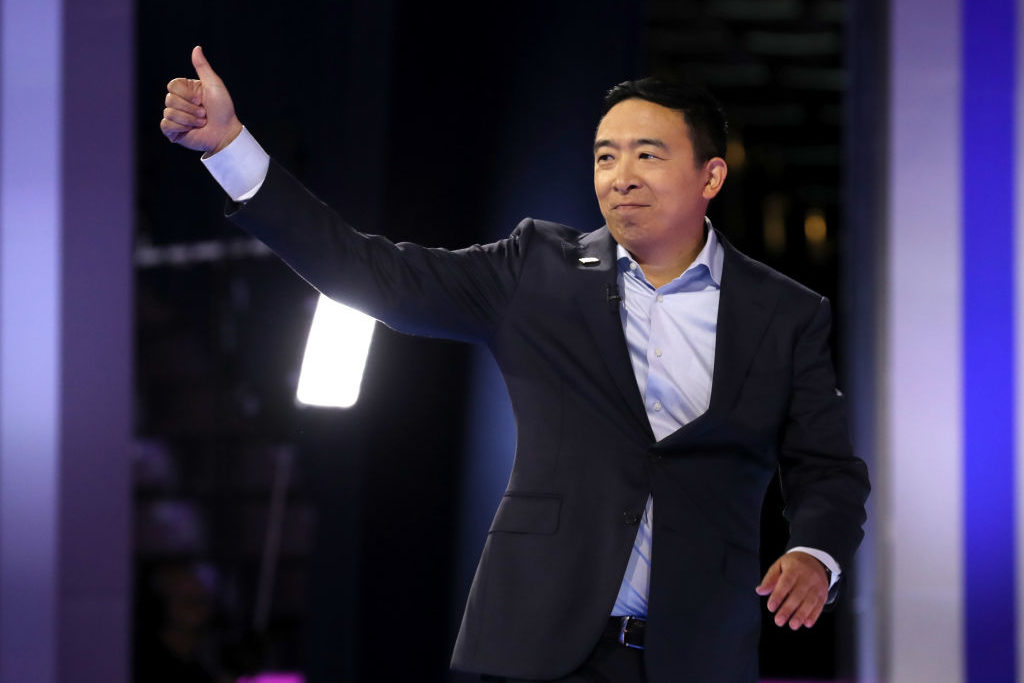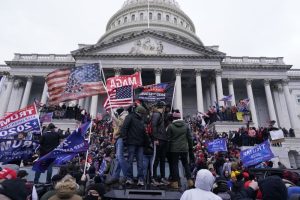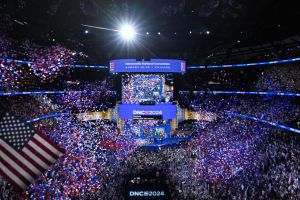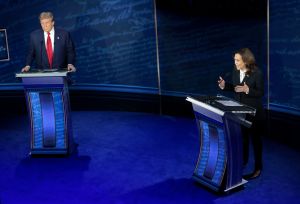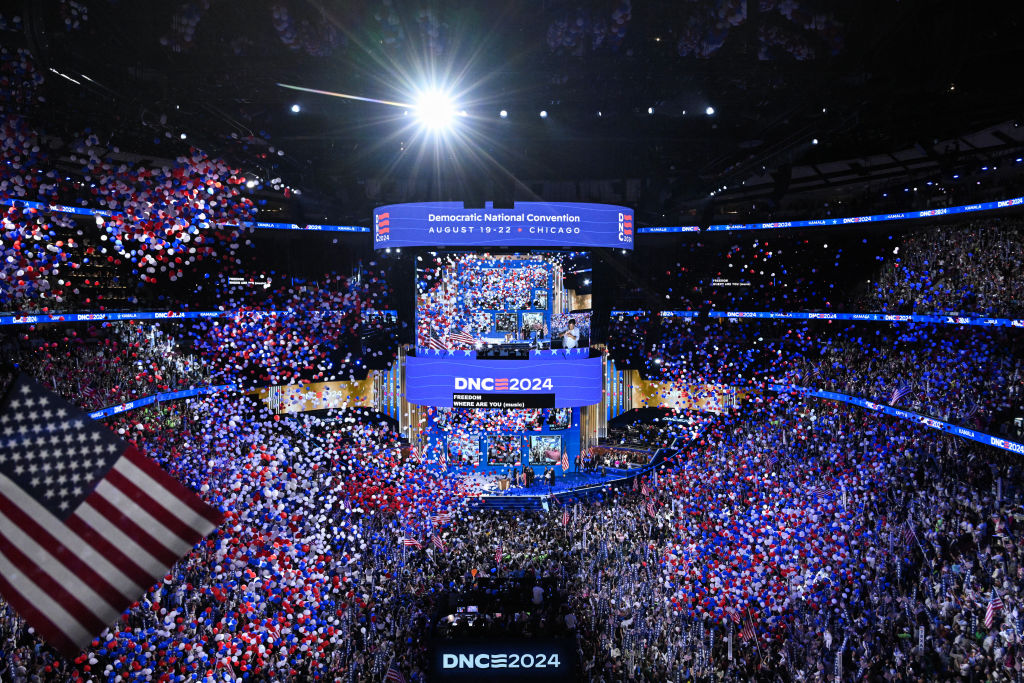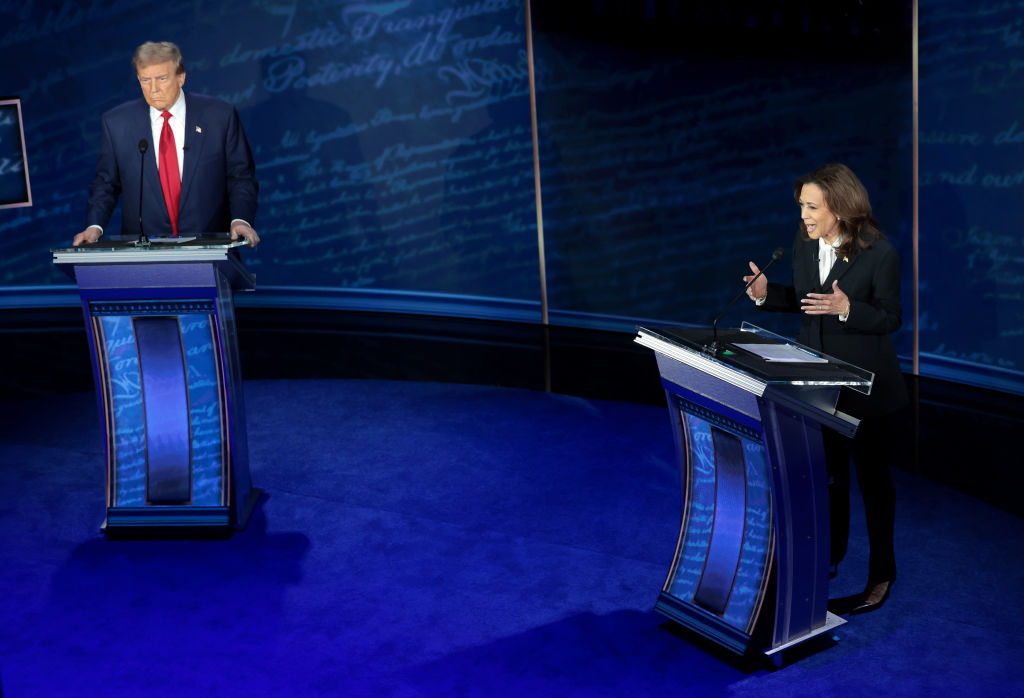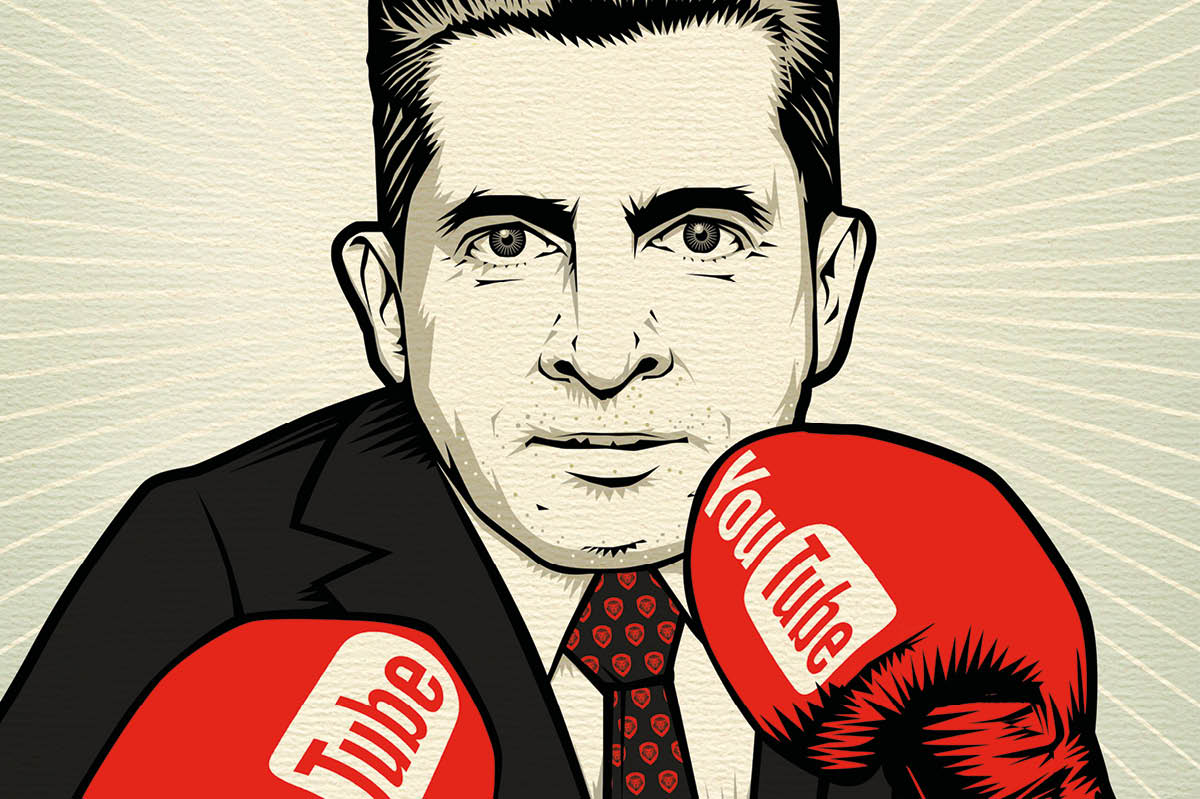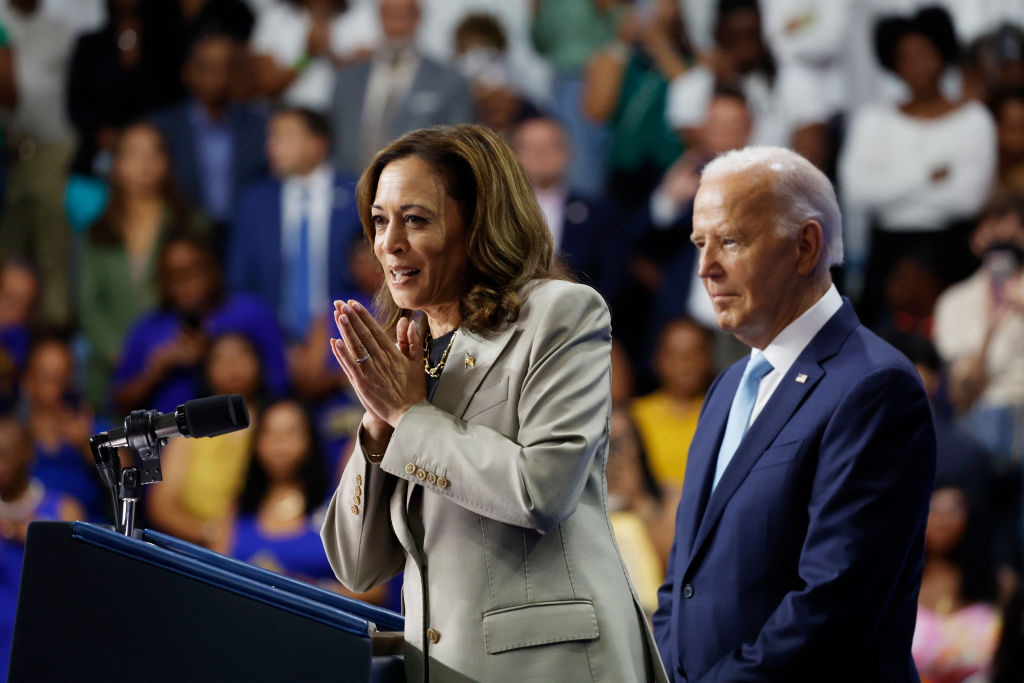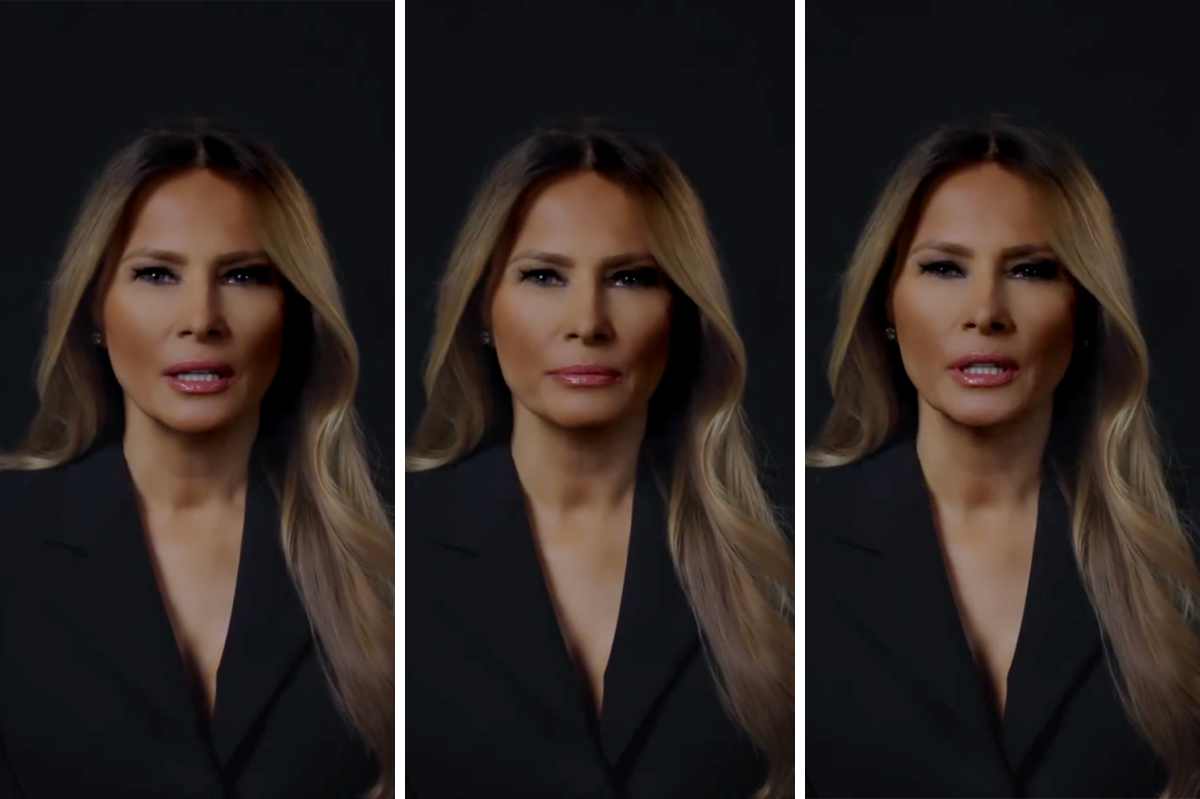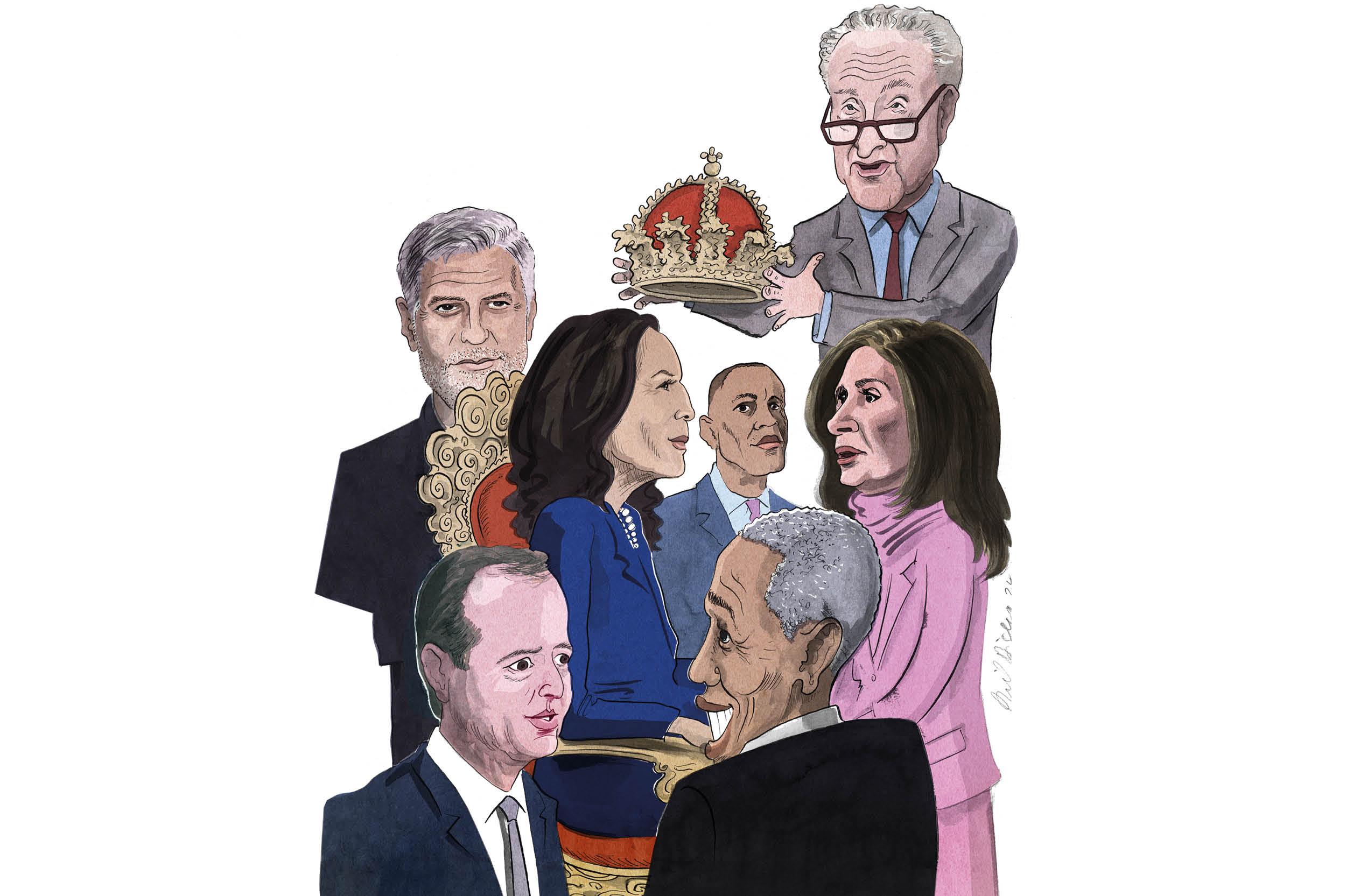Andrew Yang has garnered criticism over the course of his presidential campaign for making self-deprecating jokes that reinforce Asian stereotypes. He has alluded to Asians’ hard work-ethic and love for math, even selling merchandise inscribed with the word ‘MATH’ on it — an acronym for ‘Make America Think Harder.’ It reached an apogee after the Democratic debate last week when Yang memorably quipped, ‘now, I am Asian, so I know a lot of doctors,’ before launching into his answer about how to fix healthcare.
Many prominent Asian Americans, such as the former Planned Parenthood president Dr Leana Wen and the former governor of Louisiana Bobby Jindal, found it amusing. Others bristled at what they perceive as Yang perpetuating the ‘toxic trope’ of the model minority myth, which characterizes Asian Americans as an academically and socioeconomically successful demographic based on innate talent or culture or a combination thereof. Just Google ‘model minority’ and you’ll see pages of pugnacious attacks on what many liberals fear is both a harmful stereotype and a racial wedge. But the model minority myth lies in sharp contrast to reality — what everybody seems to know and feel is right — and the data appears to bear this out.
According to Pew, Asian Americans are the highest-income, most highly educated and fastest-growing demographic in the US, although there’s new evidence that shows income inequality rising most rapidly among Asians. Crucially, the attitudes surveyed by Pew reveal that close to 70 percent of Asian Americans think that a willingness to work hard will lead to success, which is one of the quintessential cornerstones of the American Dream narrative. While only 9 percent of the general American population thinks that their parents put too much pressure on their children, 39 percent of Asian Americans agree with the sentiment, bolstering the stereotype that landed Amy Chua, the Yale Law professor and ‘Tiger Mom’, in hot (and sour) soup.
The Washington Post article cross-examining Yang’s alleged racial insensitivities quoted a study which found that white primary care physicians (PCPs) outnumbered their Asian counterparts by nearly 7:1, an attempt to negate Yang’s joke about the Asian proclivity for the medical profession. This figure is misleading though, as it doesn’t take into account overall population demographics. Asians make up only 5.4 percent of the US population compared to Whites at 73 percent. At this rate, we would expect to see the ratio of white to Asian doctors be 13.5:1, meaning that at 7:1, Asian PCPs are overrepresented almost twofold.
The pushback against Yang is part of a larger milieu of discontent involving Asian Americans, from the lawsuit alleging that Harvard University limited Asian American admissions to the proposal by Mayor Bill de Blasio to abolish the standardized entrance tests for New York’s elite high schools in order to boost admissions for blacks and Hispanics at the expense of Asians and whites. This antipathy and growing uneasiness with the stellar key performance indicators of Asian Americans as a group isn’t exactly new though. Back in 2014, Amy Chua and her husband Jeb Rubenfeld faced an uproar for having the audacity to write a book that probes the cultural traits that undergird the relative success rates of various cultural groups in America. Two years later, Chris Rock, was censured for an Oscar skit in which he paraded three Asian kids on stage and introduced them as ‘the most dedicated, accurate, and hard-working’ accountants at PricewaterhouseCoopers, the firm that tallies up all the Oscar votes.
In America, we are highly averse to even remotely acknowledging differences in group outcomes, even positive ones. Some arguments for maintaining this willful ignorance are steeped in noble intentions. It’s true that treating Asian Americans as a monolithic demographic group obscures problems faced by certain sub-cultures and sub-ethnicities. For example, studies have shown that Asians of Cambodian, Hmong and Laotian heritage earn bachelor’s degrees at a lower rate than the national average. But isn’t it virtually the law of the land that every time we attempt to categorize things, we force those very things into Proscrustean beds? Why should intra-Asian group differences have any bearing whatsoever on the usefulness or the merits of the broader meta-category as a whole? Furthermore, as Razib Khan has argued, the Hmong aren’t exactly representative of Asian Americans in California which makes using them as a counterexample rather disingenuous.
The second reason we shy away from openly admitting group difference exists, let alone examining why they exist, is the legitimate fear that such observations could lead to abuse by those who harbor racist ideologies. Simply acknowledging that differences between groups exist might very well lead to sorting them into a moral hierarchy, bolstering what racists believe anyway. Another consequence is that of stereotype threat, which purportedly occurs when people feel as if they have to conform to the stereotypes of a social group they strongly identify with, leading to the further entrenchment of such stereotypes, such that the long-term effect is to lock the group in a self-fulfilling prophecy. Critics also claim that group differences can be weaponized and turned into a cudgel to disparage and undermine the struggles of other minorities, as if there’s no way to embrace a ‘positive’ stereotype of one group without ipso facto denigrating another one simultaneously.
All this begs the question: what do we lose when we are compelled to gloss over differences in group outcomes and abstain from inquiring as to what might be the contributing factors? For starters, we lose the opportunity to learn lessons from the established norms and social behaviors from cultural groups that have been acquired and honed through the years. We also can’t help communities to improve and fix problems if we don’t identify them accurately first. Worse, ignoring these differences can lead to backfiring of policies that were crafted based on the erroneous assumption of complete uniformity between groups. Finally, when those who acknowledge these differences are dismissed as racist or this topic is publicly perceived to be illegitimate, people curious about the ‘inconvenient truth’ would begin to seek out rhetorical spaces where these conversations are permitted. Often, when driven underground, these spaces are filled with irresponsible actors such as racists who wouldn’t hesitate to exploit such facts to recruit others into their ideology.
Yang claims his jokes are meant to poke fun at his own identity and encourage Americans to reflect more on these tropes. Many who have made self-deprecating jokes based on stereotypes do so to reclaim their identity, and to find empowerment from pain. But beyond this, Yang’s casual rhetoric touches a nerve that reveals our collective anxiety about the relationship between culture, societal outcomes and race.
Hopefully Yang’s presence on the campaign trail and debate stage will spur more open dialogue. Perhaps he could pivot and say what MATH could actually stand for: Make America Talk Honestly.



